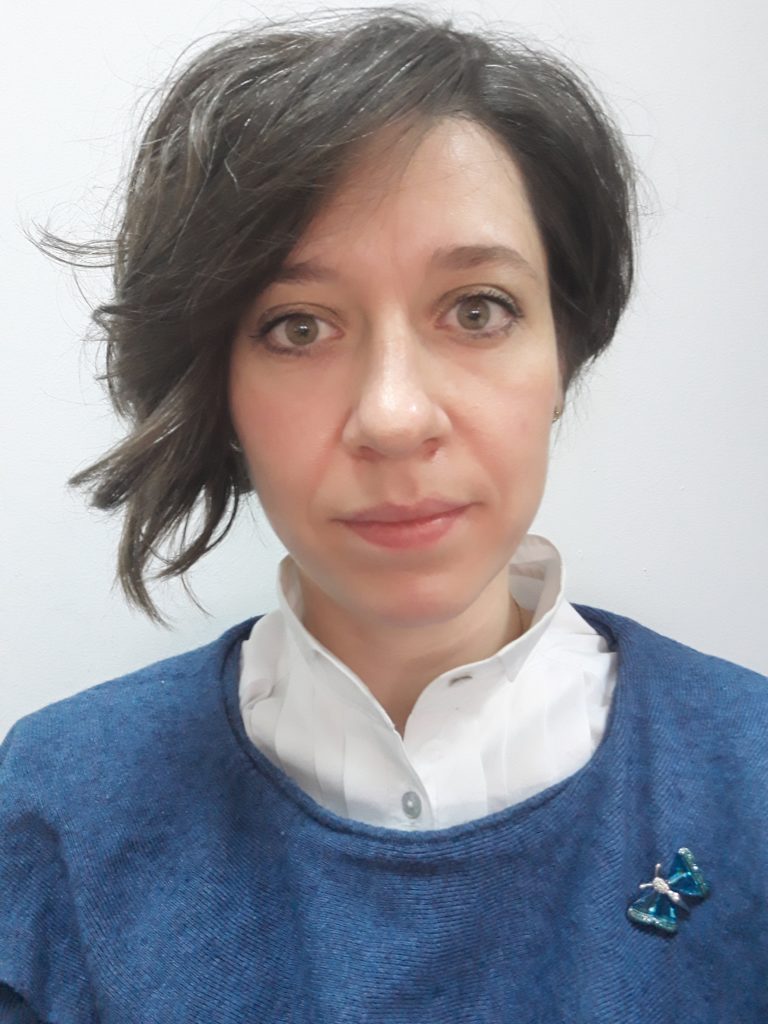Interview series #1
Revitalizing Soil and Transforming the Local Economy: Approach to Post-Lignite Land Restoration
Kyriaki G. Sakellariou is a highly accomplished chemical engineer and an affiliated researcher in DIADYMA, the official waste management body in the region of Western Macedonia. With a strong background in the circular economy sector, Sakellariou is dedicated to promoting sustainable and environmentally-friendly practices within her native region. After spending nearly a decade as a researcher in Thessaloniki, Sakellariou returned to her roots with a passion to drive positive change and foster a more sustainable future. Her expertise and commitment to promoting a circular economy have positioned her as a key figure in the region’s environmental initiatives.

Q: Can you give a bit of background to the soil problems in your area?
During the past few years here in our region of Western Macedonia, we are experiencing a ‘post-lignite’ era; a high percentage of the economy here was based on the lignite mines and their use in power plants. Now that all these mines and power stations are closing this directly affects the soil surrounding the mines. Now efforts to restore this land are being done in our region.
One of the strategies would be to restore the soil through cultivation. We are interested in restoring the land, and we will see through the NOMAD project if the application of bio-fertilizers can improve the properties of the soil.
Q: As a chemical engineer, could you explain what the benefits are of digestate, and how it's being used?
Digestate is the output resulting from anaerobic digestion unit. In other European countries, it is used as fertilizer or soil amender directly after its production. However, in Greece and based on the legislation applied here, digestate is considered as “waste”. It needs to be pasteurized before its use and it is usually composted after being mechanically separated into a solid and a liquid stream fractions.
Operating an anaerobic digestion unit is subjected to the code of good agricultural practices to control the ammonium, nitrogen and phosphorus content from its output, so you don’t further burden the environment.
What could make the NOMAD digestate material better than other fertilizers is that the process itself involves steps to render the biomaterial friendly for both the environment and for human health, because it offers on-site pasteurisation within the mobile unit. It also allows nutrient recovery through a slow and controlled release of contaminants like struvite or hydroxyapatite.
Q: Can you walk me through the field trials?
We performed analyses on the soil of post lignite mines (where our premises are placed) before the trials to see the basic parameters such as the pH of the soil, its electrical conductivity, the texture of the soil, the presence of any heavy metals.
Now that we are finishing the 2nd round of experiments (pot trials using the soil of the old lignite mine land), a second analysis on the soil might be applied, while we will consider analysing the crops themselves.
In our heavy metal analyses we checked for cadmium, chromium and other elements in the soil. Monitoring these heavy metals is important since it is a special characteristic of our historic mining region. However, the results showed that we have a very good in quality soil that can be used for cultivation.
Apart from the basic parameters, like height, diameter, number of leaves, we also measure the chlorophyll content in the crops to see how the application of the normal fertilizers will affect them.
Q: Do you see improving the soil as helping to change the local economy in the long term?
Since we are going to face the problem of unemployment due to the closure of the mines and power stations here in Western Macedonia, it will be very interesting to offer entrepreneurs (especially the young ones) new options based on circular economy and bio economy to boost the local economy. What we are experiencing here is very challenging, though this is now something of an experiment for all Europe, to see how things will go on after the closure of the mines.